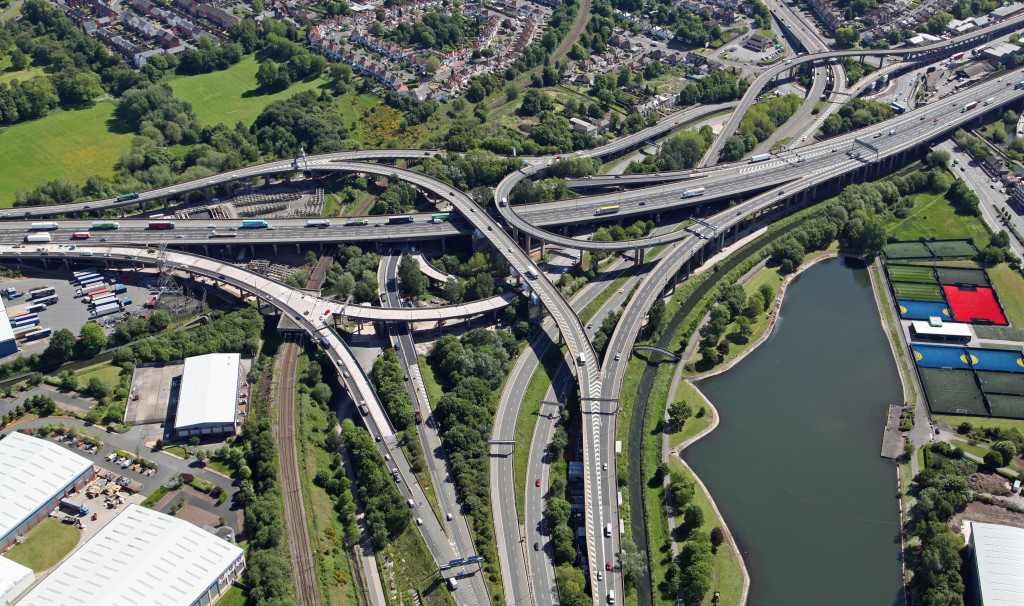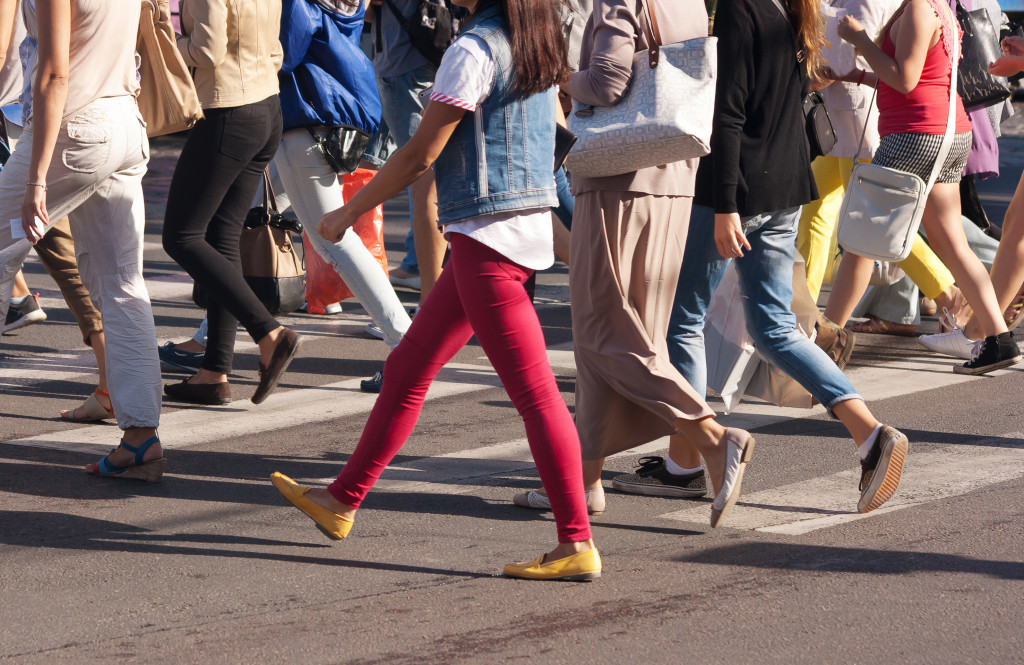On every road, pedestrians should be prioritized and protected. A pedestrian is at a disadvantage in a collision with a vehicle. Yet, there aren’t enough safety measures in place to protect pedestrians. In the United States, 4,735 pedestrians were killed in traffic fatalities in 2013. This is a rate of 14% of all traffic deaths that year. In the event of an accident, victims can contact a lawyer specializing in pedestrian accidents to help them get the compensation they deserve.
With an ever-increasing number of cars on the road, it’s more important than ever to be aware of the technology that exists to help protect pedestrians. Here are different types of technology that can help keep pedestrians safe on the road.
Crosswalks With LED Lights
The traditional crosswalk is simply paint on the ground, telling drivers to stop so pedestrians can cross. However, some crosswalks are now equipped with LED lights that flash when a pedestrian tries to cross. This makes it even more obvious to drivers that they must stop, which can help prevent accidents.
It’s also more effective at night because it increases illumination. While cars have their own headlights, they have limitations. So, a crosswalk with lights is more visible and can help keep pedestrians safe even when it’s dark outside.
Sensor-activated Crosswalks
Another type of technology that is being used to protect pedestrians at crosswalks is sensors. These are usually installed in the ground and can detect when someone is waiting to cross. When they do, the sensor will activate a light or sign telling drivers to stop. This is similar to the LED lights, but it’s automated so that drivers will always know when to stop regardless of the time of day.
Some of these sensors can also be used to change the traffic light. For example, the light can stay green for traffic if there aren’t any pedestrians or cars around. But as soon as someone is waiting to cross, the light will change so that traffic stops and pedestrians can safely cross the street.
Automated Vehicles
The automated vehicle is one type of technology still in development but shows a lot of promise. These vehicles use sensors and computer vision to navigate their surroundings without needing a human driver. Automated cars will stop as soon as they detect a human being or a barrier on the road. These vehicles are also programmed to slow down when approaching crosswalks or areas where pedestrians are likely to be.
While they’re not perfect yet, as technology continues to develop, automated vehicles have the potential to greatly reduce the number of accidents on the road since they will not get tired or distracted as human drivers can.

Traffic Cameras
Another piece of technology that can help protect pedestrians is the traffic camera. These cameras are typically mounted on traffic lights and record video footage of what is happening at an intersection. The police can use this footage to help identify and prosecute hit-and-run drivers, as well as to help plan for infrastructure improvements that could make an intersection safer for pedestrians.
Suppose the police see that a particular intersection is particularly dangerous for pedestrians. In that case, they may add a crosswalk or put up signs to make it more obvious to drivers that they need to yield to pedestrians.
Traffic cameras can also be used to catch drivers who are speeding or running red lights. This footage can then be used as evidence to prosecute these drivers and help keep the roads safe.
Smart City
A smart city is an urban area that uses technology to collect data and use it to manage city resources efficiently. This includes everything from traffic lights to waste management. A smart city takes advantage of connectivity. The internet of things (IoT) connects devices and sensors to the internet so that they can communicate with each other. This allows for a city to be managed more efficiently and effectively.
One of the ways a smart city can help protect pedestrians is by using data to identify dangerous intersections. This information can then be used to make changes to improve safety, such as adding crosswalks or changing the timing of traffic lights.
Smart cities can also monitor traffic in real time and provide information to drivers about accidents or other hazards. This can help drivers avoid areas where pedestrians are likely to be, reducing the chances of an accident.
While there is no one perfect solution for keeping pedestrians safe on the road, different technologies can help. By equipping crosswalks with LED lights, developing automated vehicles, and using traffic cameras, we can all do our part to make our roads safer for everyone.

